A technique called time-and angle-resolved photoemission spectroscopy (TR-ARPES) has emerged as a powerful tool, allowing researchers to explore the equilibrium and dynamical properties of quantum materials via light-matter interaction.
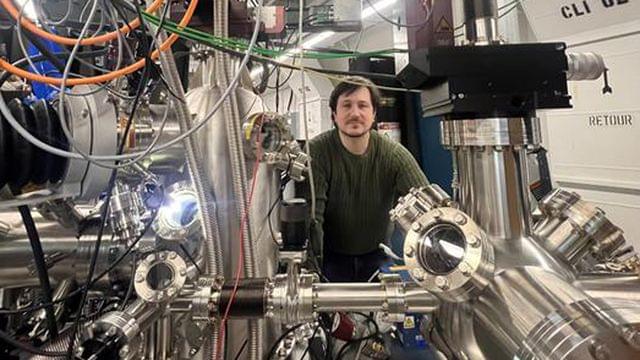

A universal basic income pilot program that would sprinkle $100 million across the state in the form of no less than $500 monthly cash payments to certain low-income Minnesotans — including illegal immigrants — advanced in a state House committee on Tuesday.
Rep. Athena Hollins, DFL-St. Paul, introduced HF2666 last year. The bill didn’t receive a hearing amidst a historic legislative session where Democrats spent down a $17.5 billion surplus and increased the state budget by more than 38 percent. But with news earlier this month that the state has a projected $3.7 billion surplus, Hollins’ bill received a hearing in the House Children and Families Committee.
The bill passed through the committee on a voice vote. Its next stop is the House Human Services Finance Committee. Its Senate companion bill is sponsored by five Senate Democrats and has yet to be scheduled for a hearing.
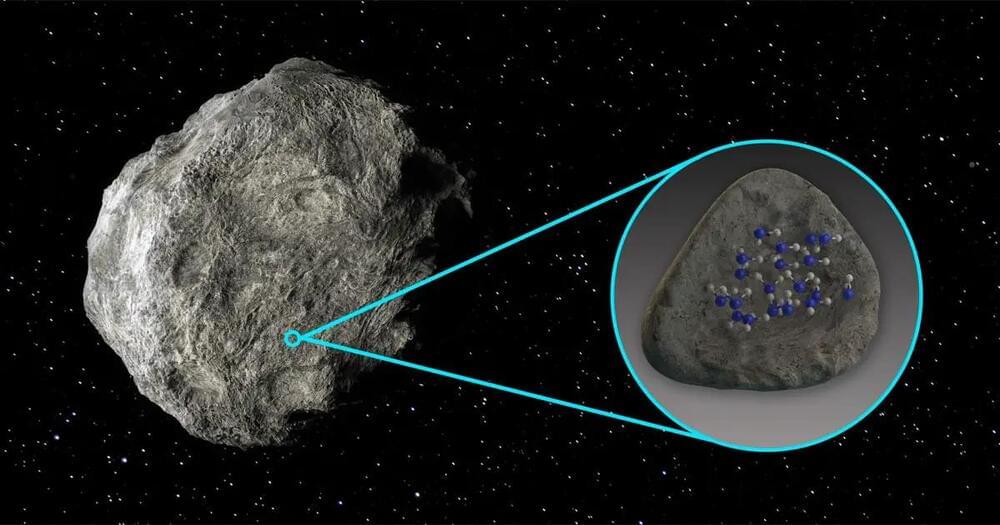
The first detection of water molecules on the surface of asteroids has been confirmed, following spectral analysis of two large main‑belt objects.
Credit: Courtesy of NASA/Carla Thomas/SwRI
Using data from the Stratospheric Observatory for Infrared Astronomy (SOFIA) – a joint project of NASA and Germany’s space agency – scientists have, for the first time, discovered water molecules on the surface of an asteroid. A team of researchers looked at four silicate-rich asteroids using an instrument known as Faint Object infraRed CAmera for the SOFIA Telescope (FORCAST), which isolated the mid-infrared spectral signatures indicating molecular water on two of them.
AI startup company Figure, which emerged from stealth last year, has unveiled the latest upgrades to its Figure 1 humanoid robot.
Founded in 2022 and publicly announced in March 2023, Figure is a California-based company with 80 employees that is building autonomous, general‑purpose humanoid robots. Its aim is to address labour shortages, fill jobs that are undesirable or unsafe for humans, and support a supply chain on a global scale.
The company is backed by a number of tech leaders including Amazon founder Jeff Bezos, chipmaker NVIDIA, and Microsoft, and it recently announced a deal with ChatGPT‑maker OpenAI. Figure’s latest round of funding – which closed at $675 million – brought its total valuation to an impressive $2.6 billion.
[TIME SUBJECT TO CHANGE] This is the third fully integrated full stack test flight of Starship and the mighty Super Heavy booster, the largest and most powerful rocket to ever fly. It produces over twice as much thrust as the Saturn V that took humans to the moon.
The goal of the test is to get further along than IFT-2 in November, 2023, which didn’t see either the ship or the booster make it to reentry. If all goes well, Starship will re-enter in the Indian Ocean about 65 minutes after it lifts off from Starbase, TX, on a suborbital trajectory.
This test features a few new things like opening and closing a small payload door, a propellant transfer demonstration and a Raptor engine relight demonstration.
Want more information? Check out our Prelaunch Preview written by Austin Desisto — https://everydayastronaut.com/starship-superheavy-integrated-flight-test-3/
Want to know where to watch this live? I made a video on how to visit Starbase and where to watch a launch from — https://youtu.be/aWvHrih-Juk.
Learn more about Everyday Astronaut Mission Control by Guinn Partners! — http://guinnpartners.com.
SpaceX is targeting Thursday for the third flight of Starship. The license from the FAA was acquired. The flight will feature several upgrades to Booster and Ship, as well as a modification of the flight path to the Indian Ocean, instead of Hawaii. In space, SpaceX plans to demonstrate the payload dispenser door, and the capability to relight a Raptor in Space. Additionally, SpaceX wants to demonstrate the capability of in-space cryogenic propellant transfer.
The mission will attempt a soft splashdown of Booster 10 in the Gulf of Mexico, and a splashdown of Ship 28 in the Indian Ocean.
Window Opens: March 14th at 7:00AM CDT (12:00 UTC)
Window Closes: March 14th at 9:00AM CDT (14:00 UTC)
Mission: Starship’s third fully integrated test flight.
Vehicles: Booster 10 and Ship 28
Booster Recovery: Booster will attempt a soft splashdown ~20km offshore simulating a landing back on the chopsticks.
Ship Recovery: Ship will not be recovered but will attempt a controlled reentry and splashdown in the Indian Ocean.
Stats:
· SpaceX’s 26th launch of the year and the 7th launch of the month.
· SpaceX’s 3rd space launch from Starbase.
Forum link: https://forum.nasaspaceflight.com/ind…
SpaceX’s launch page: https://www.spacex.com/launches/missi…
NSF Starship merch: https://shop.nasaspaceflight.com/coll…
⚡ Become a member of NASASpaceflight’s channel for exclusive discord access, fast turnaround clips, and other exclusive benefits. Your support helps us continue our 24/7 coverage. ⚡
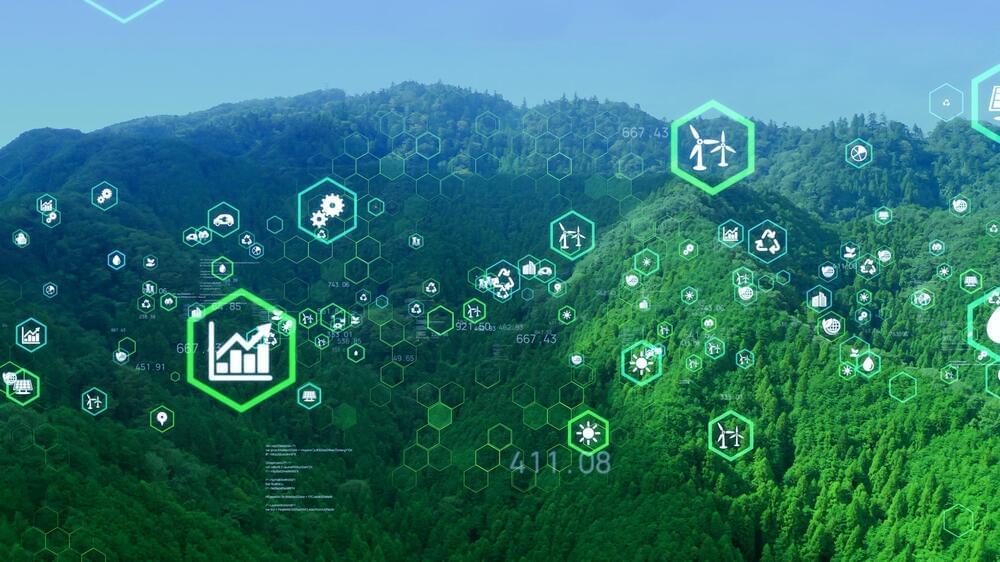
The advent of AI has ushered in transformative advancements across countless industries. Yet for all its benefits, this technology also has a downside. One of the major challenges AI brings is the amount of energy required to power the GPUs that train large-scale AI models. Computing hardware needs significant maintenance and upkeep, as well as uninterruptible power supplies and cooling fans.
One study found that training some popular AI models can produce about 626,000 pounds of carbon dioxide, the rough equivalent of 300 cross-country flights in the U.S. A single data center can require enough electricity to power 50,000 homes. If this energy comes from fossil fuels, that can mean a huge carbon footprint. Already the carbon footprint of the cloud as a whole has surpassed that of the airline industry.
As the founder of an AI-driven company in the blockchain and cryptocurrency industry, I am acutely aware of the environmental impact of our business. Here are a few ways we are trying to reduce that effect.
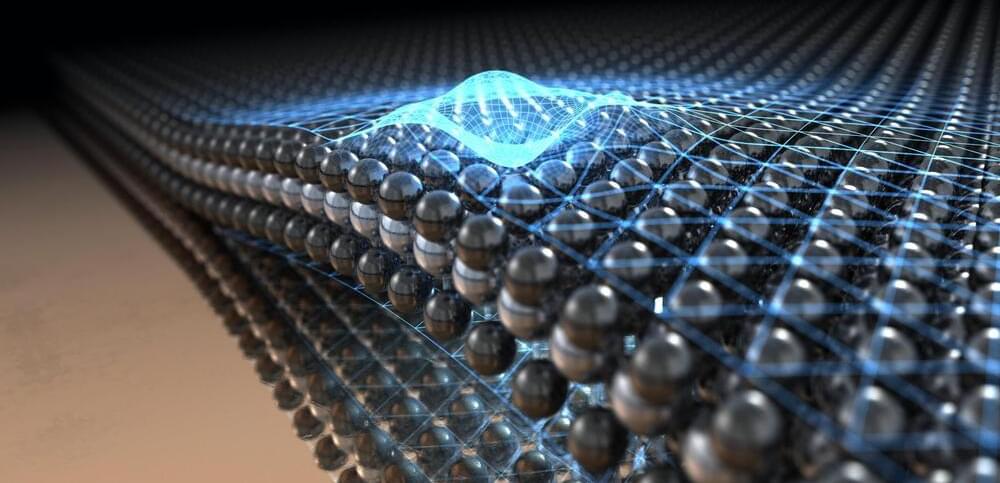
Physicists at the University of Regensburg have choreographed the shift of a quantized electronic energy level with atomic oscillations faster than a trillionth of a second.
Throwing a ball into the air, one can transfer arbitrary energy to the ball such that it flies higher or lower. One of the oddities of quantum physics is that particles, e.g., electrons, can often only take on quantized energy values—as if the ball was leaping between specific heights, like steps of a ladder, rather than flying continuously.
Qubits and quantum computers as well as light-emitting quantum dots (Nobel Prize 2023) make use of this principle. However, electronic energy levels can be shifted by collisions with other electrons or atoms. Processes in the quantum world usually take place on atomic scales and are also incredibly fast.

Elon Musk’s SpaceX is teaming up with Larry Ellison’s Oracle to help farms plan and predict their agricultural output using an AI tool.
Larry Ellison said on Oracle’s earnings call on Monday that it’s collaborating with Musk and SpaceX to create the AI-powered mapping application for governments. The tool creates a map of a country’s farms and shows what each of them is growing.
The Oracle executive chairman said the tool could help farms assess the steps needed to increase their output, and whether fields had enough water and nitrogen.
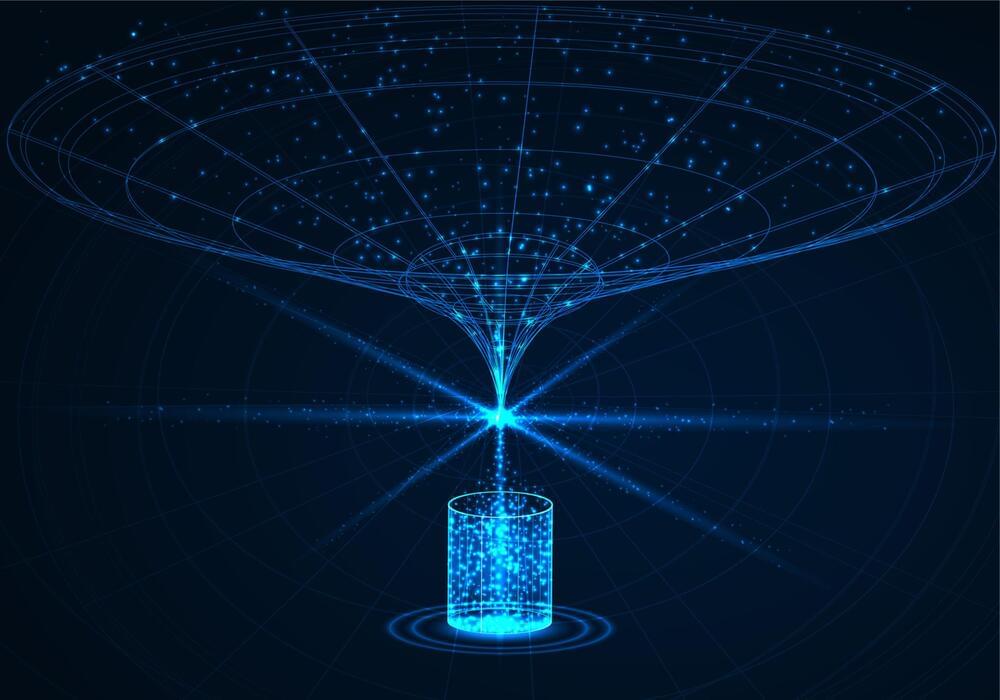
Ultimately, every problem in the constantly evolving IT software stack becomes a database problem, which is why there are 418 different databases and datastores in the DB Engines rankings and there are really only a handful of commercially viable operating systems. But what if the operating system is the problem?
We are so used to thinking of the operating system as the foundation of the system that this kind of talk seems more weird than it does heresy, but make no mistake. When Michael Stonebraker and Matei Zaharia and a team of techies from the Massachusetts Institute of Technology and Stanford University are involved in creating a new operating system, it is definitely going to be heresy.
Stonebraker says that the spark for the idea for DBOS, which is short for database operating system, came when he was listening to a talk by Zacharia, who among other things was the creator of the Spark in-memory database while at the AMPLab at the University of California Berkeley and the co-founder and chief technology officer of Databricks, which has commercialized Spark.